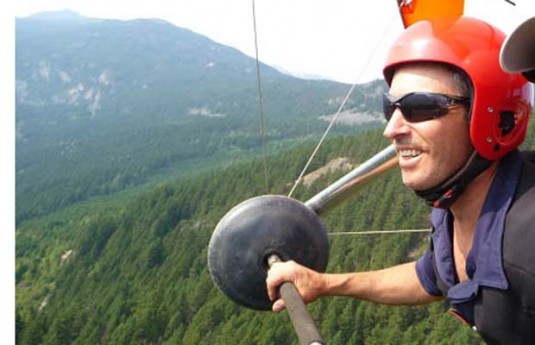
Scroll Down to see all of this week’s updates
‘Public’ F-35 Report Withheld
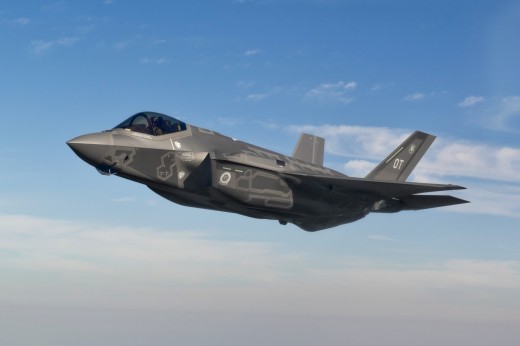
The federal government is withholding a “public” version of a review of Canada’s options for a replacement fighter until Cabinet has made a decision on how to proceed.
The government, in response to inquiries by the Globe and Mail, admitted earlier this week the taxpayer-funded document, which was specifically intended for public release, will be kept under wraps while politicians make up their minds on the thorny issue.
“Non-classified and non-commercially restricted information contained in the evaluation of options will be made public, once the government has made a decision on a path forward,” said Public Works spokesman Pierre-Alain Bujold.
The report is supposed to be a frank and unbiased assessment of the strengths and weaknesses of each of four aircraft seen to be potential contenders as the RCAF’s next fighter: the Lockheed Martin F-35, Boeing FA-18 Super Hornet, Dassault Rafale and the Eurofighter.
Until two years ago, the F-35 was Canada’s only choice but a controversial auditor general’s report on the long-term costs of the acquisition and the resulting political sensitivity cause the government to rethink the sole source “partnership” agreement with Lockheed Martin.
The decision for the government is whether to continue with the Lockheed Martin deal, open the process to competitive bidding, which the Globe notes heavily favours the F-35 because of the list of requirements or to restart the process and let the companies make their pitches on their own merits, something that would take years.
Meanwhile, the information vacuum has inspired open speculation by various experts on how the debate and decision should go.
One released this week by UBC Prof. Eric Byers suggested costs for the F-35 could escalate dramatically beyond the $44 billion lifetime cost determined by Public Works Canada. Byers claims the Public Works assessment has faulty math and incorrect assumptions and could be off by 50 percent.
Federal officials quickly dismissed the report with Public Works spokeswoman Alyson Queen noting, somewhat ironically that “real independent third party experts, with access to the real facts, are working to ensure that the reports being prepared by DND are rigorous and impartial.”
Aviation Inspectors Worry About SMS
Transport Canada’s depiction of aviation inspectors at work.
Canada’s aviation inspectors are increasingly giving the Safety Management System a failing grade and more of them believe aviation accidents will be the result.
The CBC reported last week that a survey of Transport Canada pilot and technical inspectors drew 284 responses and 84 percent believe there will be a major air accident in the “near future.” That’s up from 74 percent in a similar survey conducted just as SMS was being introduced in 2007. The survey also said that 67 percent of inspectors believe SMS increases the risk of an accident, up from 61 percent in 2007.
“We’ve already seen the major accident inspectors feared when a First Air jet crashed in Nunavut in 2011,” said Daniel Slunder, president of the Canadian Federal Pilots Association, which commissioned the survey, in a news release. “The next crash could be in Toronto or some other major Canadian city.”
Under SMS, companies monitor and assess their own safety procedures and requirements and submit reports to Transport Canada. The reports are reviewed and carriers are audited but Slunder said cuts at TC have reduced the frequency of audits and in-person inspections.
Auditor General Michael Ferguson noticed the shift away from direct inspections in a recent assessment of the government department. “Transport Canada is not adequately managing the risks associated with its civil aviation oversight,” Ferguson said in a 2012 report.
The National Airlines Council of Canada, which represents Air Canada, Air Transat, Jazz and Westjet, were contacted by the CBC and said airlines are committed to safety.
“The aviation industry has invested heavily into the development and implementation of enhanced safety systems and protocols, which have certainly played a role in making air travel safer than ever. There is no basis in fact to suggest otherwise,” the NACC told the network.
SMS is required for any airline with aircraft carrying 20 or more passengers.
Lawsuit Names Hang Gliding Groups
Three groups representing hang glider and paraglider pilots in British Columbia and across the country have been named in a lawsuit resulting from the death of young woman who fell from a tandem hang glider two years ago.
Drone Videographer Criticizes Critics
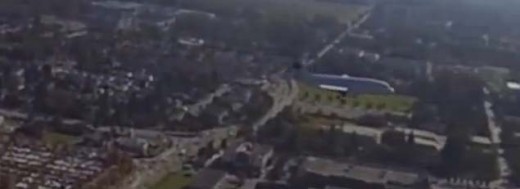
The owner of the YouTube channel that features a controversial video of an airliner on approach to Vancouver International Airport has criticized public and media response to his video, saying there was never any danger to anyone.
Quadrotor Dragonfly said in a message on his channel that the video was shot from more than a kilometre away from the approach at a height of 120 metres and an editing technique called software zoom created the impression that it was closer.
“The hobby aircraft was nowhere near the airplane filmed, contrary to media reports,” the person behind the YouTube name wrote. “In hindsight, admittedly, it was a mistake to take such a video and post on YouTube.”
Transport Canada and the RCMP are still looking for the anonymous videographer but there’s no indication he or she intends to cooperate with their investigation.He criticized the “sensational account” published by some in the media and also criticized the Model Aeronautics Association of Canada for politicizing the video rather than working to “promote the hobby and the democratization of the technology.”
Canadian Distributor For SkyRider Named
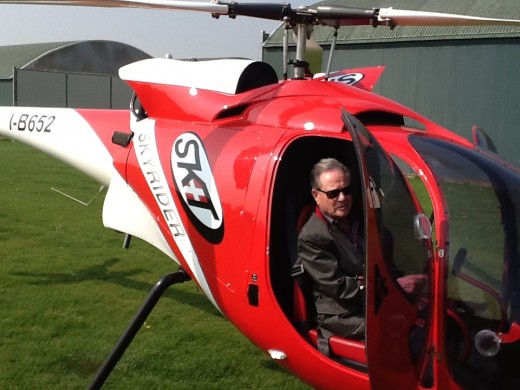
An Ontario insurance broker is the Canadian, U.S. and Indian distributor for SkyRider, a new two-place helicopter designed in Italy.
Bill Davidson says the aircraft is destined to “take over the training for helicopters,” because of its low maintenance design, docile flight characteristics and spirited performance.
“If a Ferrari could fly it would look like the SkyRider. [It’s an] amazing machine,” Davidson told Canadian Aviator.
Among the design features is a mechanical clutch that replaces the troublesome belts common on small piston helicopters. It also features FADEC on the 155 horsepower engine which burns five gallons of auto fuel an hour.
It has a cruise speed of 100 mph and a range of 650 miles.
More announcements on the helicopter business will be forthcoming.
First Canadian IMC Club in Calgary
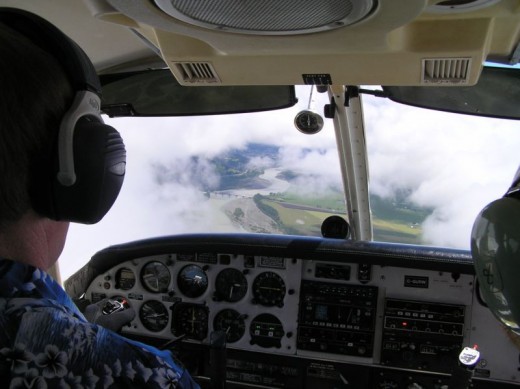
Pilot’s group that promotes IFR currency and proficiency and general flying excellence will open its first chapter in Canada May 7 and the founder is hoping there will be more.
The IMC Club began just three years ago in the U.S. but has spread to dozens of airport communities and 2,000 pilots south of the border as well as South America, Europe and Africa. Calgary’s Springbank Airport will host the first Canadian chapter.
“I am very happy that we have the opportunity to grow and expand our general aviation Instrument Aviation Safety mission. I want to thank Steve Peach, our first chapter leader in Canada for allowing us this opportunity. It is going to be a privilege for me to meet with our pilot friends in Calgary,” said Radek Wyrzykowski, the president of the IMC Club. Wyrzykowski will be at the May 7 meeting.
IMC Club meetings are described as “organized hangar flying” bringing together pilots who regularly fly in instrument meteorological conditions.


